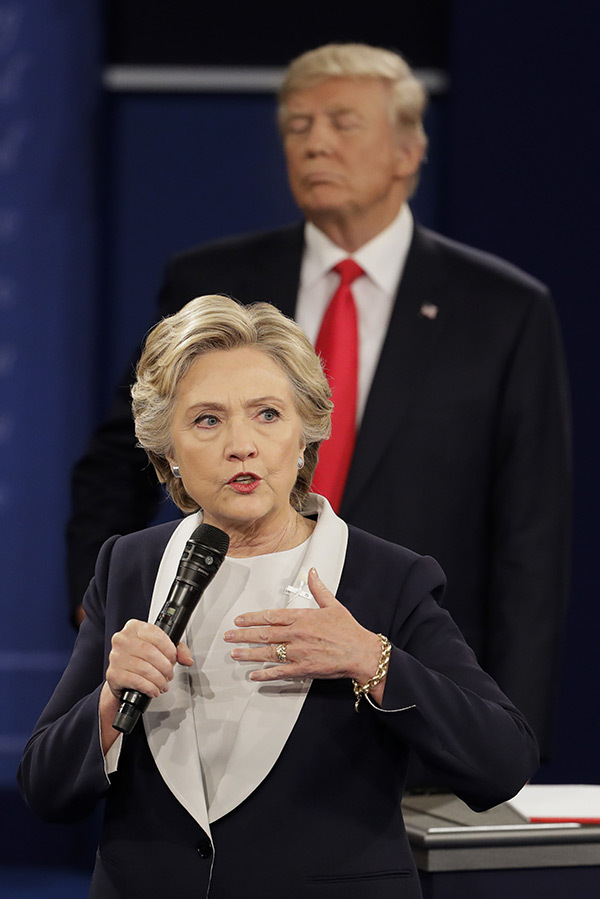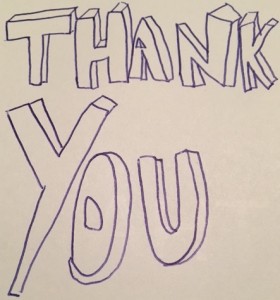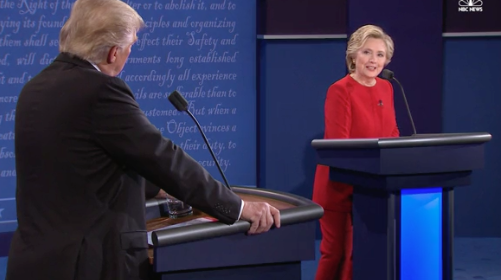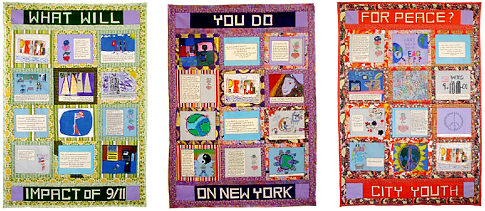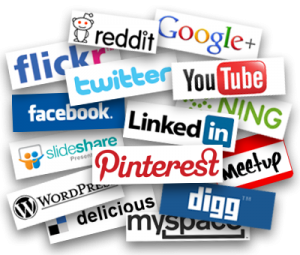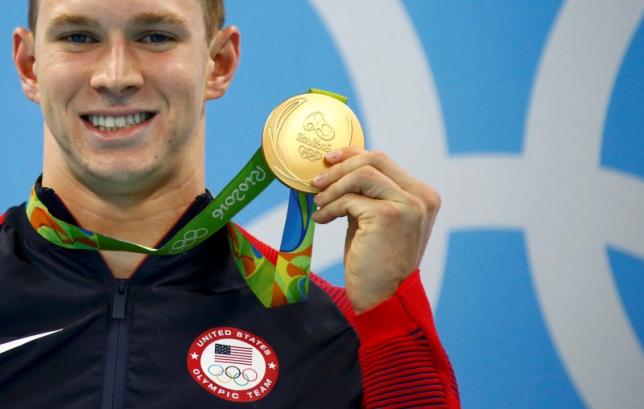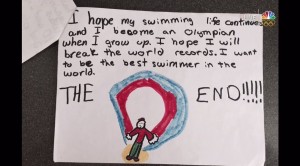 With less than three weeks before Election Day, the spin of this year’s U.S. Presidential political campaign is spinning out of control.
With less than three weeks before Election Day, the spin of this year’s U.S. Presidential political campaign is spinning out of control.
I spent the first half of my professional career in public relations and marketing, so I know what spin looks like, sounds like, and feels like. Just so you know, spin is the action taken by public relations professionals to meet the objectives of their PR campaign. Spinning or fluffing can often be defined as the art of presenting something negative in a more positive light. The person creating the spin is called a spin doctor.
One of the most frequently used words by the media regarding this year’s Presidential campaign is “unprecedented.” We have never seen anything like this, and hopefully we will never see it again.
For the educated professional like me, I can tell a spin when it’s in action. It has a certain look, sound, and feel to it. No matter what the negative charge or accusation, the spin that follows is either appalling or amusing to me. I can see right through it. But average Americans who don’t have a public relations background have no clue what’s happening. They don’t see the strategic spin for what it is. They take the words that were spoken by the candidate or their surrogates verbatim and begin repeating them as if they were the truth.
What has happened in this election is that those spins don’t just get summed up in one or two sound bytes, get featured for a day, and then are dropped. Instead, that spin remains spinning for days or weeks until we, the American voters, feel like we are trapped in this perpetual spin cycle.
We have witnessed a series of spins in recent weeks.
Recently, the national media aired an audio recorded conversation between Donald Trump and Billy Bush while they were killing time preparing for an interview with Access Hollywood back in 2005. The language used by the media and the public presented a deeper issue, which was potentially harmful to Donald Trump’s campaign: his sexual misconduct, which was then referred to as sexual assault. Trump’s spin, which included the phrase “locker room talk” tried to minimize, even dismiss, his behavior.
What happened next? Women were outraged. Multiple allegations of sexual assault came pouring in from women stating that Donald Trump had fondled, kissed, or groped them in the past. The “locker room talk” spin has dominated the news cycle for nearly two weeks and doesn’t show any signs of stopping. Building on the locker room talk spin, Donald Trump said all of these allegations were fabricated, which is another spin. Even Melania Trump came to her husband’s defense in an interview with CNN’s Anderson Cooper, referring to the incident as “boy talk” and suggesting that Billy Bush initiated the conversation. Let me add one note worth mentioning. Melanie Trump’s comments came more than ten days after the Bush-Trump tapes were leaked. Timing for this defense did not work in Trump’s favor. Even Stephen Colbert’s Melania Trump surrogate, Tony Award winning actress Laura Benanti, joined the Donald’s defense.
The latest spin of the Trump campaign is that the entire 2016 U.S. Presidential election process is rigged. Many Republican and Democratic leaders are speaking up, defending the American electoral process. And yet the spin is out there and continues to grow.
Listen to the key words or phrases from these recent spin cycle examples: Locker room talk, fabricated, boy talk, rigged. When does it end? I would like to say it will all end on November 8, 2016, Election Day, but I know better. These multiple spins have some American voters’ emotions running high. Let’s not get swept away with talk. Instead, let’s focus on the issues. America has more important work to do, and we need to do it together.

